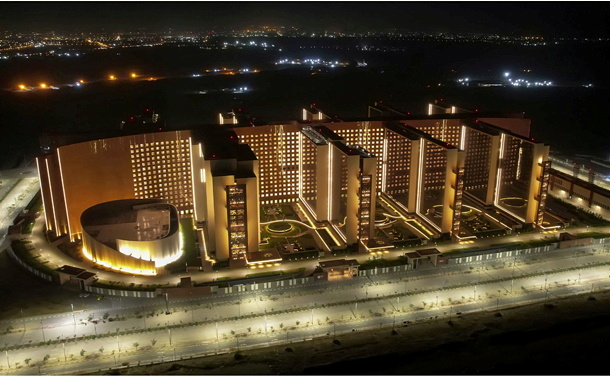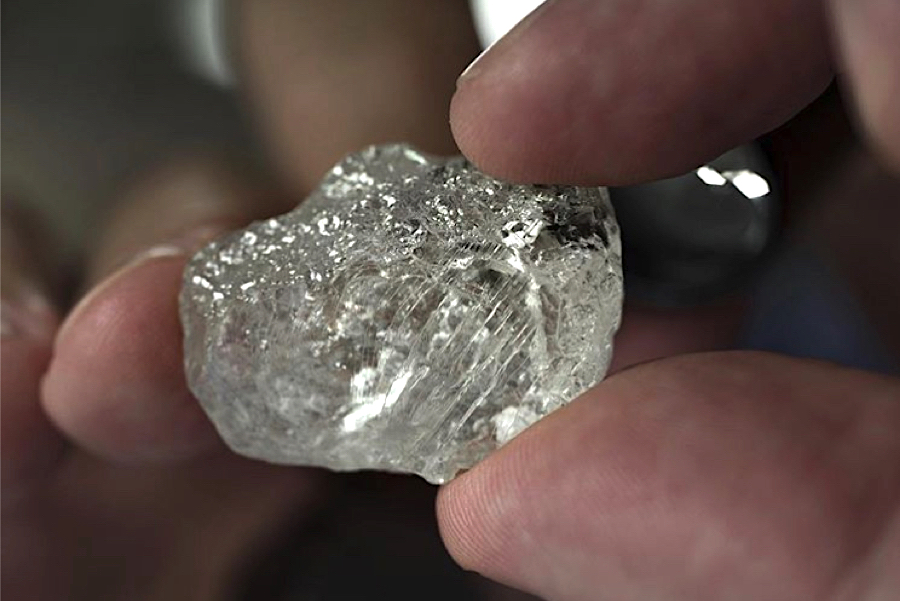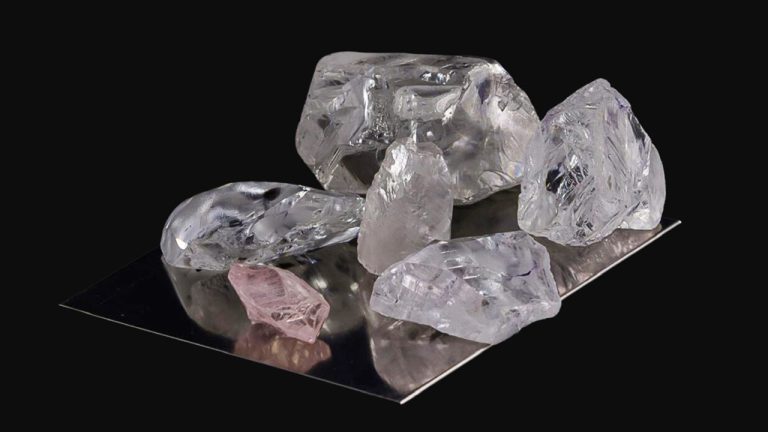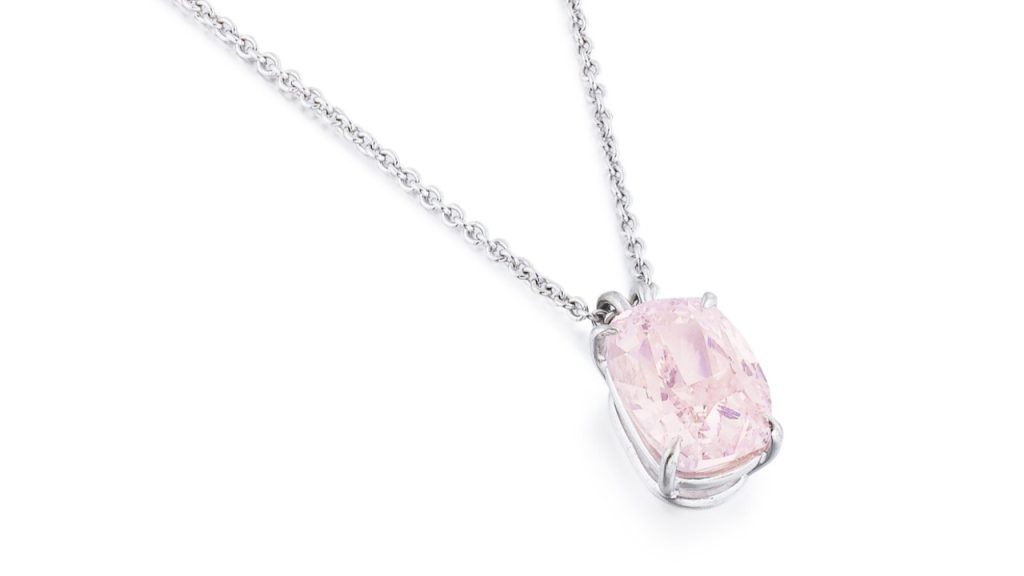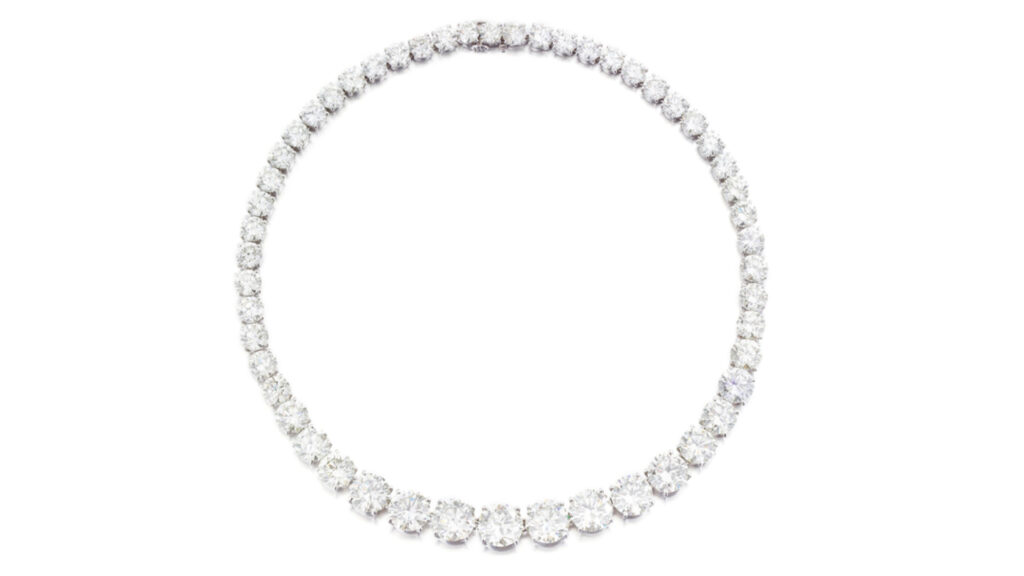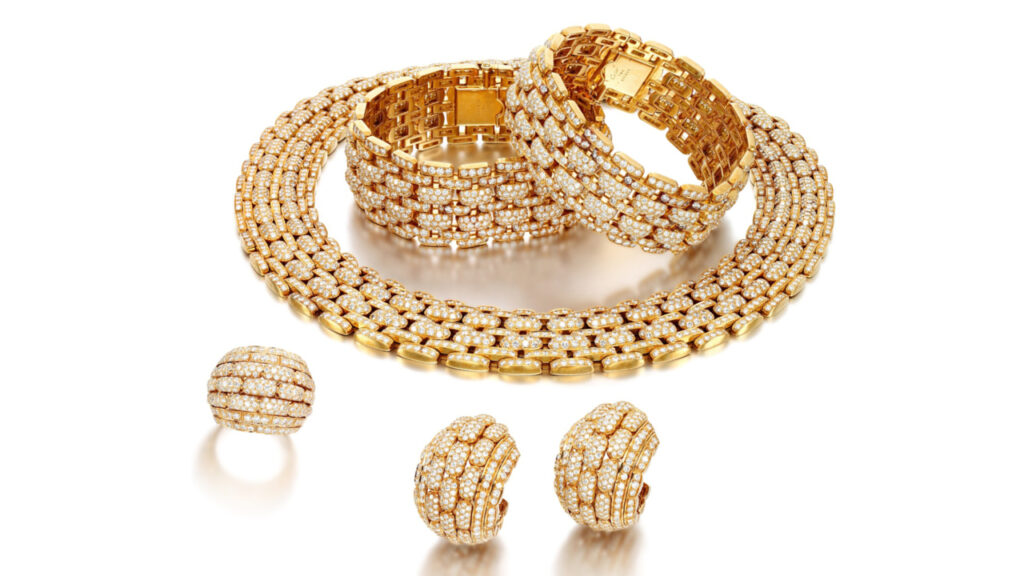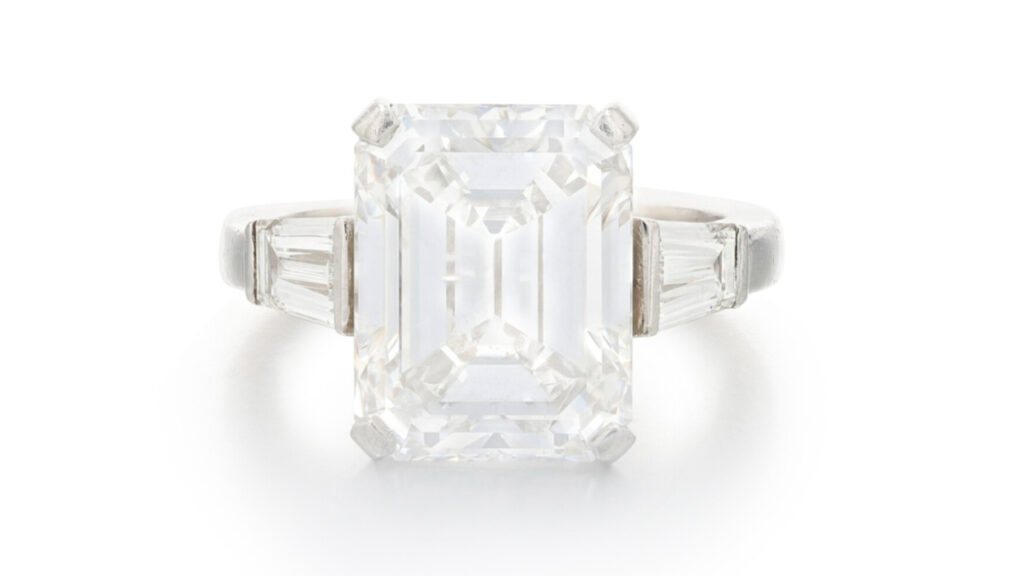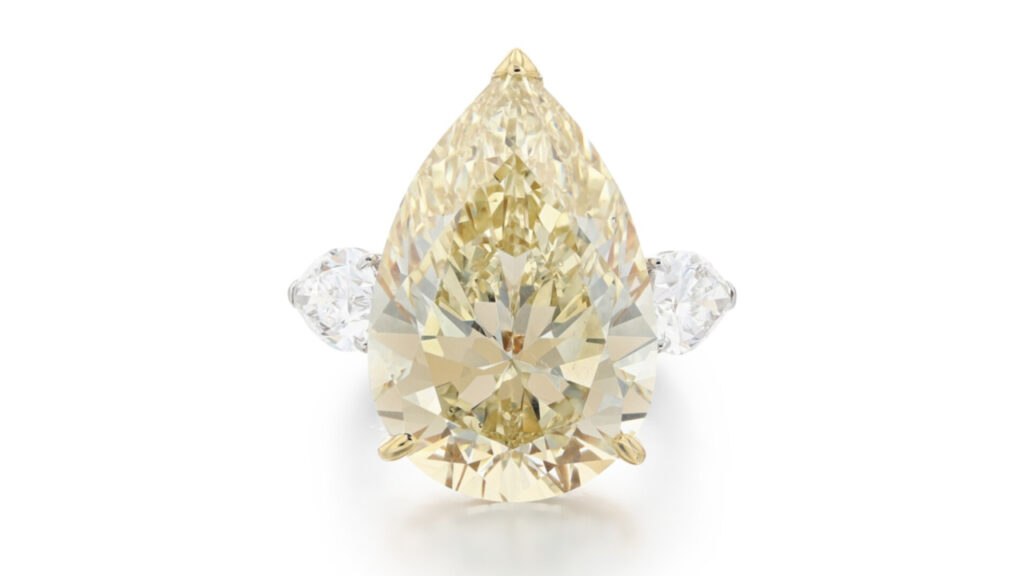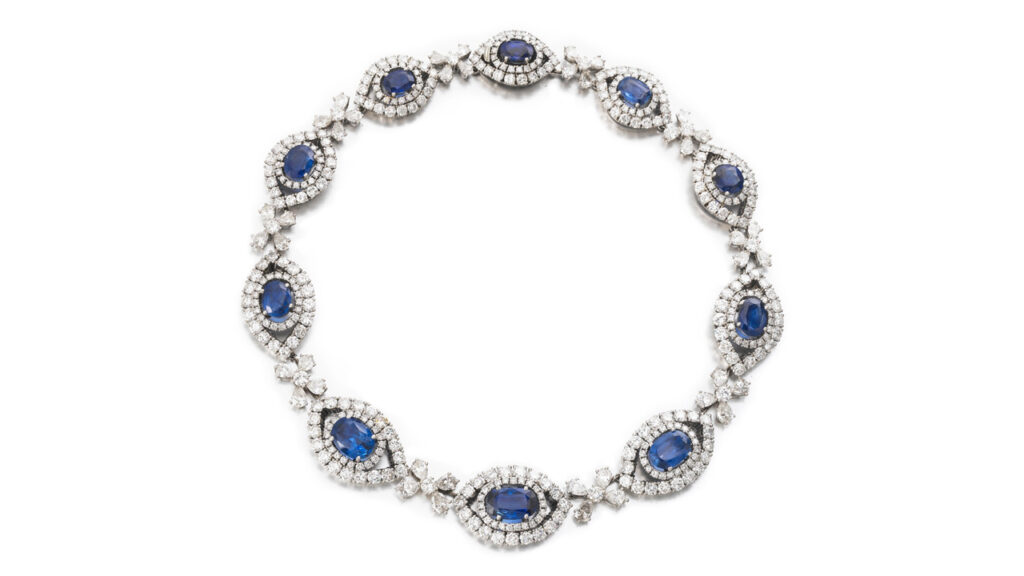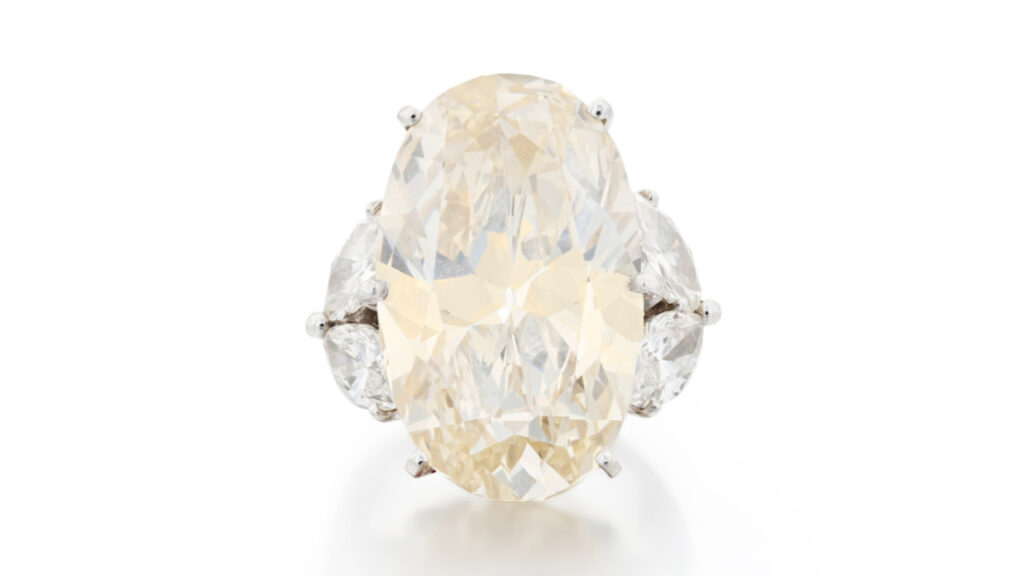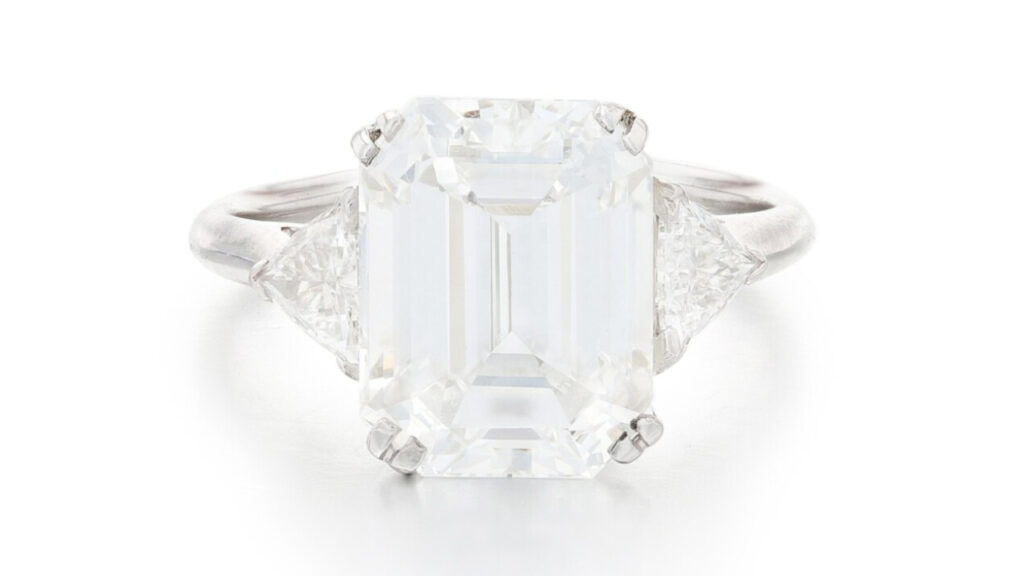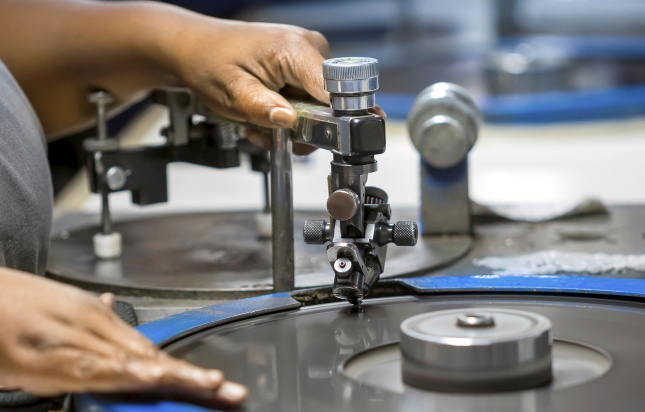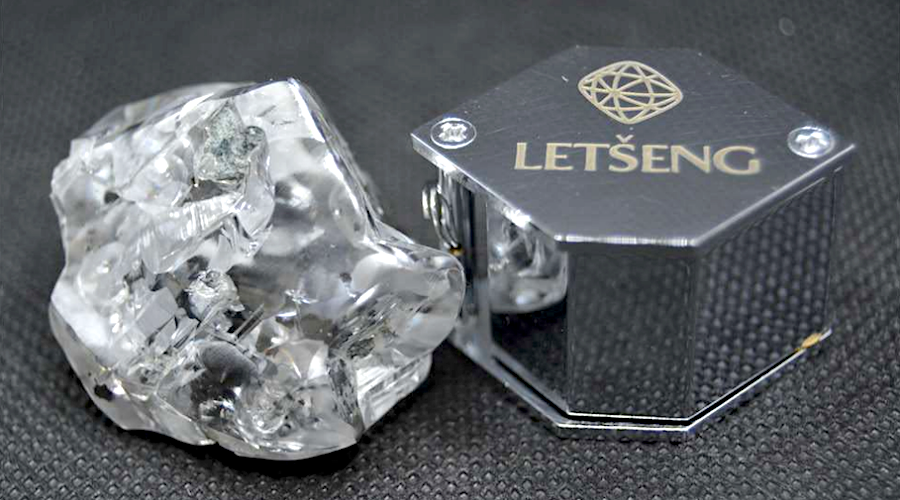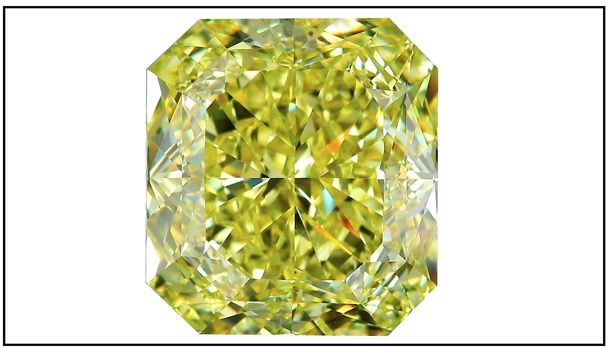
Russia’s Finance Ministry is considering new purchases of rough diamonds from Alrosa for the State Precious Metals and Gemstones Repository (Gokhran) in 2025, Deputy Finance Minister Alexei Moiseyev told reporters on the sidelines of the Moscow Financial Forum.
“We are considering this possibility,” Moiseyev said in response to possibly resuming purchases. “In order to allow Alrosa the opportunity to be calm and not feel obliged to sell on the market in order to maintain its liquidity position. Because the market looks alarming.”
The government could use budgetary allocations for precious metals and stones to purchase rough diamonds. The purchase limit is planned at 51.5 billion rubles for next year, Moiseyev said.
It became known in March that Alrosa and the Finance Ministry had concluded an agreement to buy out part of the raw materials produced in 2024 and completed a transaction for the first consignment of rough diamonds. There have been no reports since then regarding Alrosa purchasing diamonds from Gokhran.
“There are no plans for this year, though we are considering the possibility for next year,” Moiseyev said. “In general, this is all confidential, so we may not announce it.”
